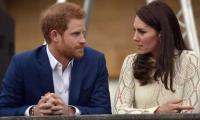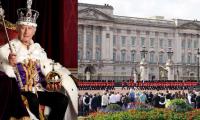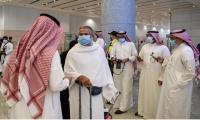Pakistan has a drug problem. We have known that since the 1980s but have remained in denial. This is despite the number of serious drug addicts in the country having increased to around 29 million. On Tuesday, the UN Office on Drugs and Crime identified Pakistan as the major route for the Afghan drug trade. This report challenges recent analysis which suggested that the Afghan drug trade had started using Central Asia as its major supply route. If the UN report is to be believed, heroin and opium are the two major drugs trafficked through Pakistan. On their part, Pakistani anti-narcotics officials have promised new strategies to curb the drug trade but there has been little to no movement at the higher echelons of government. Even in the reviews of the National Action Plan, curbing the drug trade has barely featured as an important part of the national anti-terrorism strategy. This is surprising, given the well-established link between various Taliban factions and the increasing drug trade.
While it is true that Pakistan alone cannot stop the Afghan drug trade, there is surprisingly little in the way of a coherent anti-drugs policy in the country. If Pakistan is the hub of the global heroin trade, it is surprising that the biggest drug kingpins remain unknown – unlike big drug lords in Latin America. Neither have these figures become part of the popular imagination nor has the Pakistani state made a concerted effort to publicise their names and identities to increase public awareness of those running Pakistan’s drug cartels. Most experts tend to link the drug trade to the Taliban but surely the identification of Karachi as the major route to ship drugs to the entire world suggests the involvement of more than a bunch of Taliban commanders. The drug trade came to Pakistan through the Soviet Afghan war. However, 30 years after that war ended, the links developed by Afghan drug traffickers within Pakistan seem to have remained in place. It is surprising how little public information has been shared by Pakistani authorities on the scale, scope and operational methods of the drugs mafia on the country. One would hope that this is not due to sheer apathy. Pakistan’s efforts against the drug trade were appreciated by the UN after around $2.5 billion worth of drugs were seized and destroyed last year alone. But the seized amount is probably a small percentage of the actual amount of drugs trafficked through the country. The trouble with strategies to end the drug trade is that the all-out ‘war against drugs’ approach has not worked anywhere in the world. Our approach to the drug trade should be sympathetic to drug users, but hard on drug traffickers. One hopes that those at the helm of government recognise this as a priority.
India's Prime Minister Narendra Modi speaks after releasing the Bharatiya Janata Party's manifesto ahead of country's...
Prime Minister Shehbaz Sharif, Pakistan Poeples Party Co-chairperson Asif Ali Zardari, JUI-F chief Maulana Fazlur...
Shahzaib Rind, Pakistan's martial arts fighter from Quetta. — Facebook/shahzaibrindhofficial/FileShahzaib Rind has...
A representational image showing women at a market. — AFP/FileIn the six weeks since he assumed office, not only has...
Country witnessed 432 violence-linked fatalities and 370 injuries among civilians, security personnel, and outlaws
During Raisi’s visit, Iran and Pakistan signed a total of eight accords on varying subjects to enhance cooperation...







